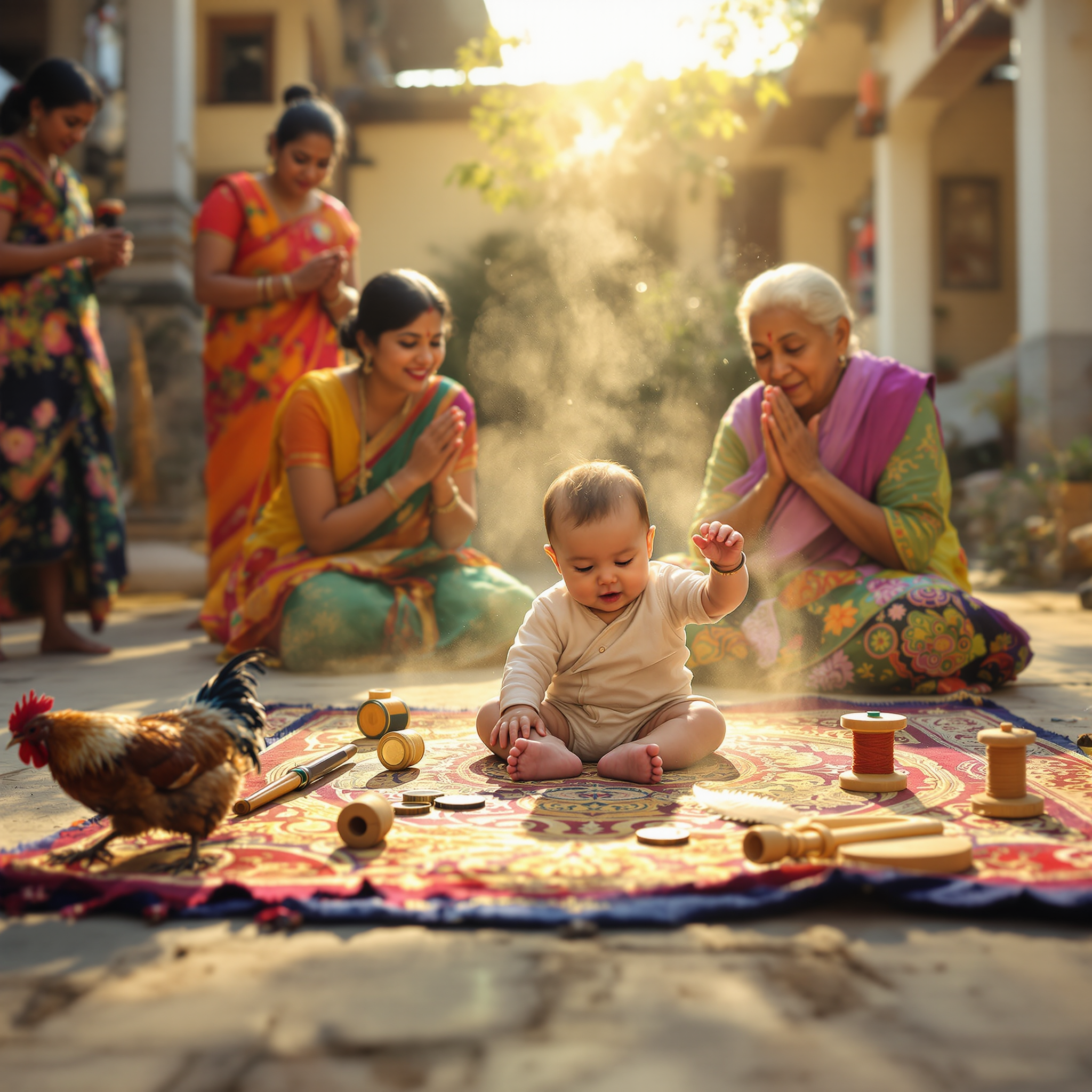In this superstition, it is crucial that the groom refrain from standing or sitting before his bride during a wedding ceremony. The act of the groom assuming his place first is seen as an inauspicious sign, supposedly foreshadowing a dynamic in which the husband is perpetually overruled or controlled by his wife. Advocates of this belief argue that ceremonial positioning reflects deeper symbolism related to dominance, respect, and good fortune in nuptials. The groom traditionally waits for the bride to take her place or sits only after she is seated. Sometimes, officiants or family elders will guide this subtle ritual to avoid misfortune. Though often dismissed as outdated, some cultures continue to observe this protocol out of respect for heritage or tradition.

A baby’s future career or fate is predicted by the first object they select during a ceremonial setup.
In several Asian and Eastern European cultures, a traditional ceremony is held for babies usually around their first birthday. Known


